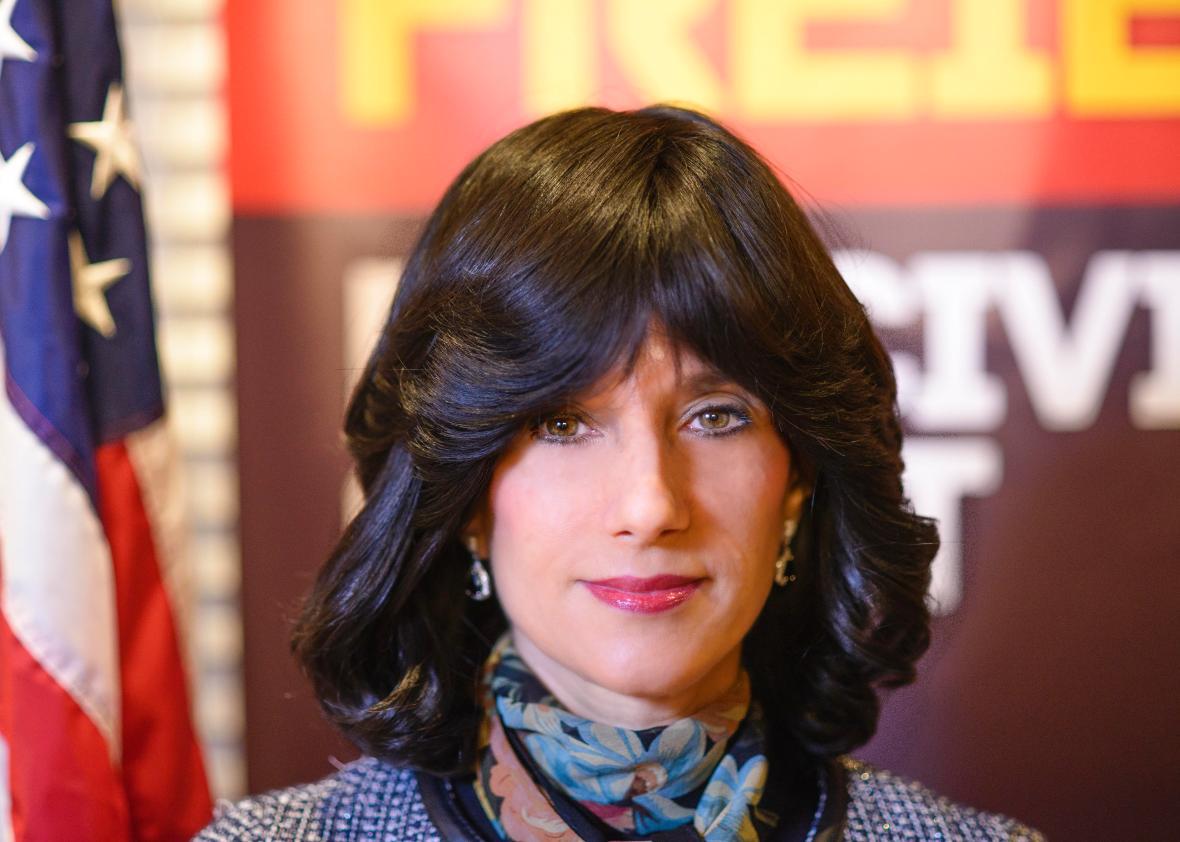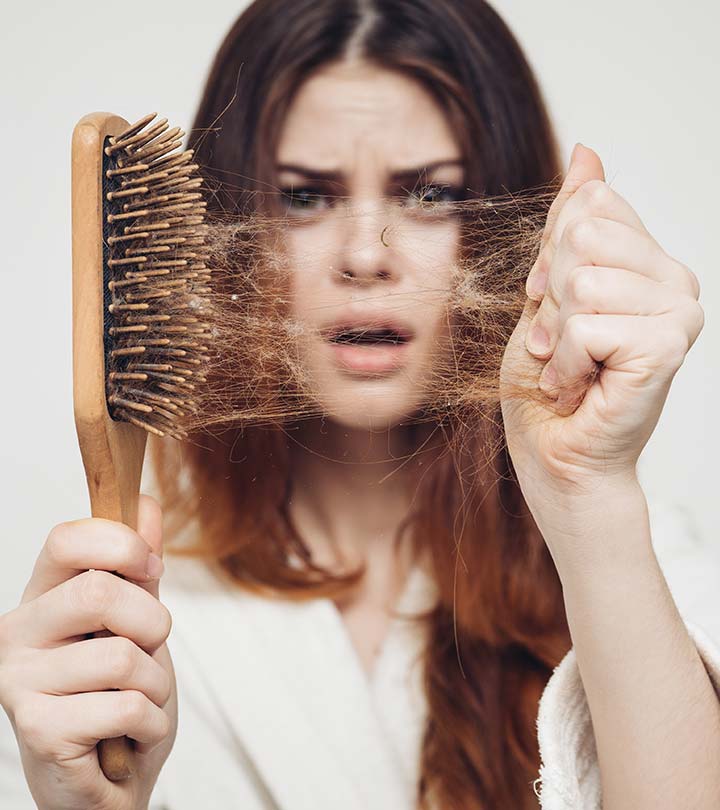Benjamin Aaron Shapiro (born January 15, 1984) is an American lawyer, columnist, author, and conservative political commentator. He writes columns for Creators Syndicate, Newsweek, and Ami Magazine, and serves as editor emeritus for The Daily Wire, which he co-founded in 2015. Shapiro is the host of The Ben Shapiro Show, a daily political podcast and live radio show.
Women's hair covering and Judaism: What to do in the modern world - The Jerusalem Post
Women's hair covering and Judaism: What to do in the modern world.
Posted: Sat, 10 Dec 2022 08:00:00 GMT [source]
Free morning newsletter
They can also be used to identify themselves as Jewish in religiously diverse areas. Many Hindu women grow their hair long, only to make a pilgrimage to have it cut off in a temple ceremony. (This comes as no surprise to those who remember the Indian-hair shaitel flap a number of years back.) This shaving is considered an act of purification and renunciation of ego, as well as a means to repay their debt to their gods. This act is especially significant for poorer women, whose hair may be their only sign of vanity. The temple called Tirumala Venkateswara has 18 shaving halls and 650 barbers but women and girls can still wait up to five hours to donate their hair. Followers of Sikhism also never cut their hair; this is called Kesh.
Some Jewish summer camps are facing pressure to rethink — or even fully scrap — their Israel activities
Ancient civilizations like the Egyptians, Sumerians, and Elamites were usually clean-shaven or trimmed their beards into neat styles. Many early Jewish men refrained from cutting their facial hair for aesthetic reasons to differentiate themselves. There are a few different theories on why razors and shaving are discouraged in Jewish tradition.
Israeli–Palestinian conflict
The Zohar, a commentary on the Hebrew Scriptures and the primary source of the beliefs of Kabbalah, also describes the mystical importance of women making sure to not expose their hair. The parashat Naso 125b–126b[20] suggests that a woman who strictly obeys head covering traditions will reap many blessings for her husband and children. For men, the primary question is whether or not to cover the head. This practice has evolved from a minhag (custom) of the very pious to an accepted norm, incumbent on all observant males. Talmudic law does not require covering the head, through there are hints there that doing so is to be regarded as a sign of reverence. Today, too, there is complete halachic [Jewish legal] agreement on this question.
How and when a Jew covers his or her head is a spiritual declaration and a nuanced social statement. Over the past year, Wrapunzel has begun selling scarves and accessories, although it’s a sidebar to the focus of embracing the mitzvah. Recently women over the age of 45 have described how they’ve embraced scarves to complement their age. Andrea and her diverse mix of friends—whom she refers to as “Lady Wrap Stars”—create video tutorials explaining techniques from the most simple of staples and up a few notches. Andrea has traveled to Jewish communities across the United States and in Israel for in-person consultations on best techniques. Her shows have become wildly popular across the spectrum of observance—from Borough Park, to Jerusalem, to Montreal, to St Louis.
These Nine Tombs Have Attracted Jewish Pilgrims for Centuries
Johnson’s mother later tweeted that the incident was “brutal emotionally and physically.” The family’s attorney says that the time for the referee to raise objections was at the pre-match weigh-in, which the referee missed because he was late. Many women cover with scarves known as a tichel (pronounced "tickle") or a mitpaha in Israel, while others choose to cover with a turban or hat. There are many who also choose to cover with a wig, known in the Jewish world as a sheitel (pronounced shay-tull). Just as a tree grows tall and, with time, produces fruit, so it is hoped that a little boy will grow in knowledge, good deeds and eventually have children of his own. Therefore, just as the Torah says that if you plant a tree, all fruits that grow during the first three years are off-limits, so, too, we leave the hair of a boy — and increasingly, among some Jews, the hair of a girl — alone during his first three years.
The Complete History of the Sheitel - Forward
The Complete History of the Sheitel.
Posted: Wed, 13 Aug 2014 07:00:00 GMT [source]
Everything You Always Wanted to Know about Jews
They would shave their heads immediately following their wedding and repeat the process every month to make sure not a single strand would show. As a result, rules and guidelines dictating how one should wear their hair are common in many religions. The reasons behind their choices range from religious tradition to simple aesthetics. To comply with this rule, some Jewish men allow the hair along the sides of their heads, called sidelocks, to grow out.
Ultra-Orthodox Jews are the most stringent in their commitment to Jewish law and tend to have the lowest levels of interaction with the wider non-Jewish society. Orthodox Jews are vastly more likely than non-Orthodox Jews to enroll their children in private religious day schools (rather than public schools), to pray daily, and maintain traditional kosher dietary practices. Orthodox Jews are more than twice as likely as non-Orthodox Jews to say that being Jewish is very important to them, according to the 2013 Pew Research Center Survey of Jewish Americans.
There are posts on best practices from keeping a scarf tied while exercising, to adding simple adornments to accessorize, to wedding-fancy styles, etc. Still unconvinced, and unsure of its roots and applicability to my life, I decided to research its origins. According to Rabbi Tuvia Teldon, the director of Chabad-Lubavitch of Long Island, the root of this custom is a verse in Deuteronomy that compares man to a tree. The term Orthodox came to be applied to a more traditionalist attitude toward Jewish practice only in the 19th century, when more liberal approaches to Judaism emerged.

He said it peaked at around 100 names the week following Passover. While he has not been keeping statistics, Sarto did not think he had been notified of as many as 10 people succumbing. The decisions by LA’s Orthodox leaders to close their doors and proscribe religious gatherings did not occur in perfect unison, and some rabbis said they regretted not doing it sooner. An extra week of regular Shabbat services may be the reason why one Orthodox neighborhood seems to have been hit harder than the others. It is, moreover, difficult to calculate the role blind luck plays in the spread, or containment, of a communicable disease in one area compared to another. Regardless of which variant a married woman decides on, she can choose from among many styles.
Rabbi Isaac Luria, the kabbalist known by his acronym, the Ari, was said to have been careful not even to touch his beard lest some hairs fall loose. For example, facial hair that impedes eating and hair at the nape of the neck are allowed to be trimmed. Other passages permit Jewish men to shave their heads when they are in a period of mourning or after they have contact with a corpse. Additionally, covering the hair is used to indicate a woman’s marital status. After getting married, Jewish women are not supposed to show their hair in public. The curls on the sides of Jewish men’s heads are called payot, and they signify their commitment to following Jewish tradition.
That means for the first time in our 126-year history, Forward journalism is free to everyone, everywhere. With an ongoing war, rising antisemitism, and a flood of disinformation that may affect the upcoming election, we believe that free and open access to Jewish journalism is imperative. Now, with Los Angeles Mayor Eric Garcetti’s “Safer At Home” order not yet extended past May 15, these same Orthodox rabbis are imagining what observant life will look like when they are no longer awaiting state permission to resume activity. Sarto, in his capacity as Hillygram’s editor, also maintains a misheberach list consisting almost entirely of local names.
It’s a communal sanctuary to discuss the deeper, the spiritual, the real. Orthodox Judaism is the most religiously stringent of the three main streams of American Judaism. The reader in Mt. Holyoke is correct in his assumption that onlyMEN are obligated to wear peyot. Rabbi Samson Raphael Hirsch in his commentary on the Torah suggeststhat peyot form a symbolic separation between the front part ofthe brain and the rear part. The front part is the intellectual,the rear part is the more physical, the more sensual. The wearerof peyot is thus making a statement that he is aware of both facetsof his mind, and intends to keep them to their appointed tasks.
But a few critical acts by rabbis — not the least of which was convening to decide as a group — may have forestalled a far greater toll on thousands of Orthodox Angelenos. Please note that currently it is only possible to visit ANOHA with a time slot ticket. Please reserve yours before your visit from the online ticket shop. I know that after his upsherin, it won’t just be the soft, silky baby hair I’ll miss.

No comments:
Post a Comment